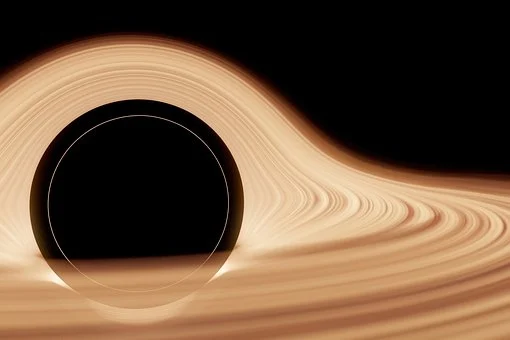
On these Science Topics pages, you can read short articles on science, including: current research, laws of physics, applications, curious finds, explanations of terms, discussions, etc.
<Go to: Science Topics Index>
Aim
Our aim for these ‘Science Topics’ pages is for them to serve as a type of reference appendix for the posts on our Blog. Our entries in these pages are not intended to be encyclopedic, either in terms of the range of subjects or the completeness of content of any particular entry. The pages generally contain links to external web sites.
Inspiration
Our inspiration for these pages was sparked by our desire to reference science content featured or mentioned in our Blog Posts.
In the beginning, the source of topics originated from Barrie Cameron‘s science fiction novels (i.e. ‘Planetoid Trilogy‘: ‘Star Island‘, ‘Three Fates‘, and ‘Phoenix‘).
We have since expanded the range of topics to include references for our other science related posts.
Book and Chapter reference code
You can distinguish the book related posts from the others by the presence, or otherwise, of a Book and Chapter reference code at the beginning of the Post (e.g. “[Blog ST Ref: PT-B1-C3-220610]”).
Science Topics Sub-Page Index
Table of Sub-page Contents:
| Science Topic Reference: | Related Seaswell Publishing Blog Post Reference: | |
| A | Alien Behaviour | |
| A | Alien Language | Alien Language |
| A | Antikythera Mechanism | Antikythera Mechanism |
| A | Archaeology: | Archaeology |
| B | Biodiversity | Biodiversity – Concept |
| E | Ecosystems | |
| E | Conservation of Energy | Why is Energy Conserved |
| E | Exoplanets | |
| E | Experiment: | Science Experiments |
| F | Fermi Paradox | The Fermi Paradox and the Planetoid Trilogy |
| H | Hyperloop Speed | Hyperloop vs Fast Trains |
| L | Lagrangian Points | Lagrangian points |
| L | Life | What is Life? |
| M | Measurement | |
| P | Why Paris? | Why Paris? |
| SI | SI Science Topics | SI Units Appendix |
| S | Simulation Hypothesis | Is the Universe a Simulation? |
| S | What is Sustainability | What is Full Sustainability? |
| W | Wormholes | Wormholes |
| W | Wormholes Revisited | Wormholes Revisited |
(Page updated on: 27/11/2025)